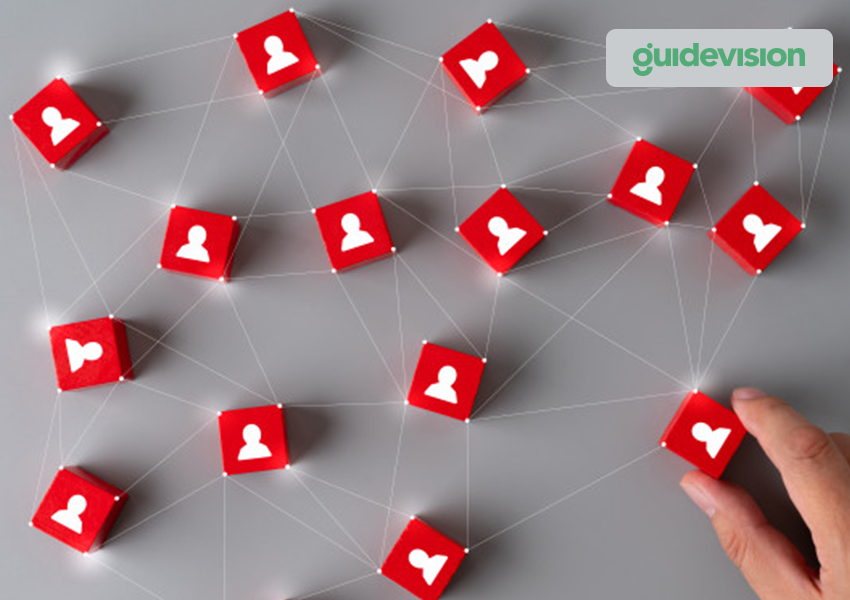What is employee experience, and why does it matter?
- Share

How focusing on employee experience helps HR teams build stronger employee relationships
Due to the increasing costs of replacing employees, it’s hardly surprising that a poor turnover rate has many negative connotations. But there’s more to HR than just retaining employees. What’s more important is that you do everything you can to retain your best performers and help empower others to become better at their jobs.
That, in a nutshell, is how employee experience works. It isn’t just about the corporate culture of your business, but also about the everyday values and actions of those in your company. If employee experience is lacking, employees will take longer to reach maximum productivity, and they’ll lack loyalty to your company.
In total, there are three main factors that define an employee’s experience in your organisation: company culture, the physical environment, and the technological environment. Technology is, of course, one of the newer challenges, but it’s perhaps the most important given how much employees now rely on it.
Here are the top-three reasons why employee experience matters:
Engaged employees are more productive
More than two thirds of employees consider themselves unengaged or actively disengaged at work. In other words, they lack loyalty to the company and don’t consider themselves content with their jobs. As a result, they lack productivity and not be nearly as capable at fulfilling their roles as they should be.
But before you point to their employees as the problem, it’s important to ensure you’re doing the right thing on your end. Many companies try to boost engagement by focusing on perks like attractive compensation packages, but that’s not enough. Employees also need to receive the right training and have the right tools and processes at their disposal to help them become better at their jobs without unnecessary distractions and corporate bureaucracy getting in the way.
Good morale boosts employee loyalty
A good approach to employee experience is to think of your employees as internal customers. Just like your customers, employees are surrounded by more choices and opportunities than ever. More people are leaving the conventional workforce entirely to become freelancers and contractors in the gig economy. As such, HR needs to work harder to make their companies more attractive to work for, such as by providing workplace flexibility and mobility empowered by the right blend of process and technology.
With the right combination of culture, technology, and environment, they’ll be more emotionally invested in your business. If your employees are loyal to your business, they won’t just serve customers better, they’ll also have a direct impact on the growth and reputation of your brand, even if they’re not directly involved in those areas themselves.
Driving a sustainable business culture
Most business models lack sustainability. They’re still focused almost entirely on profitability and the things that drive it directly. All too often are customers thought of as mere transactions, while employees are thought of as human resources. Yet people are more than transactions and resources; they’re a part of your business as much as everything, and long-term success depends on the experiences they have when interacting with your organization.
To drive a sustainable business culture, you need to start from the inside. Better employees means better and happier customers. To make that happen, you need to cover the blind spots, which are the why, who, and how of employee experience. Employees must understand the why to see why their work is meaningful and, in doing so, feel rewarded for making a tangible difference. They also need to understand who’s responsible for what, and how they interact with their colleagues and customers through the tools and processes your business provides.
GuideVision and ServiceNow have joined forces to help HR teams build the ultimate employee experience. Find us at our workshop event in Prague this March to learn more.
Subscribe to our newsletter
Thank you!
You have successfully subscribed to our newsletter.
